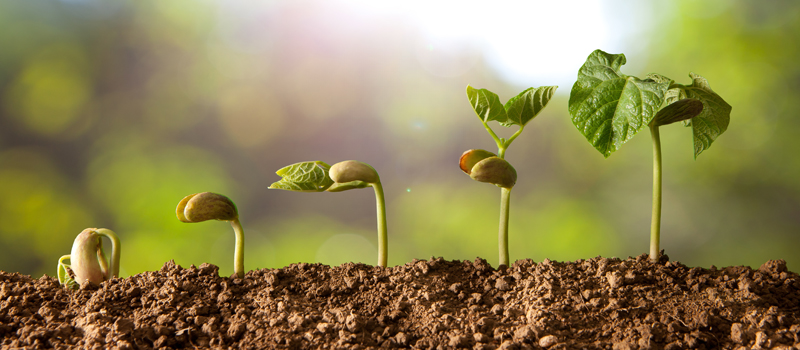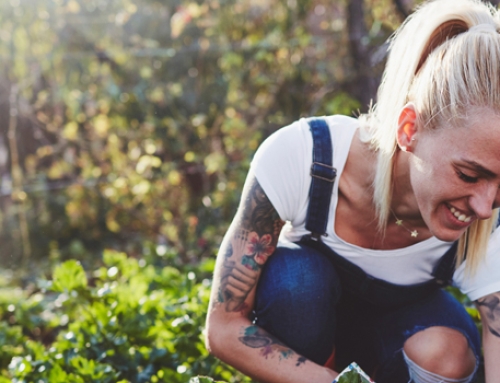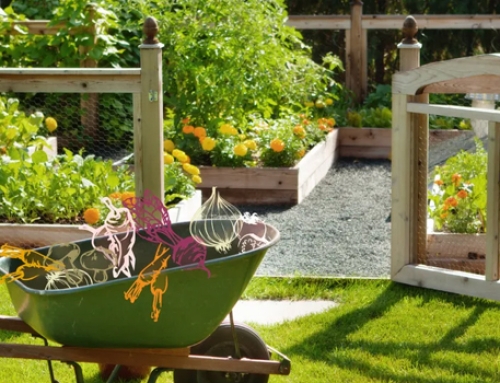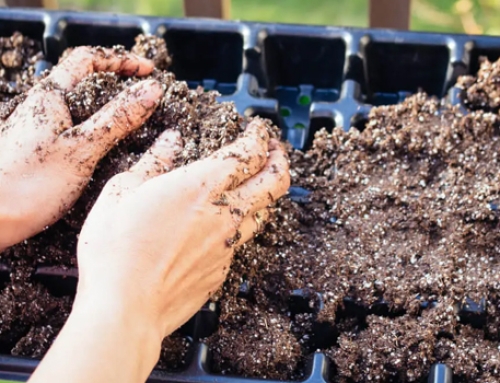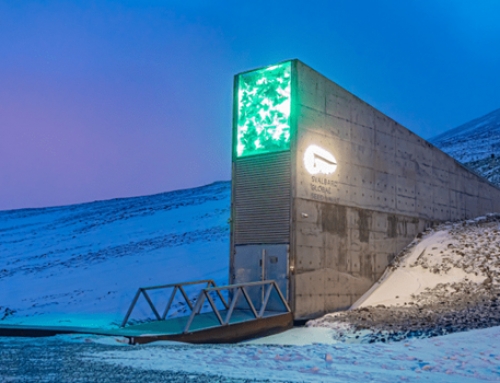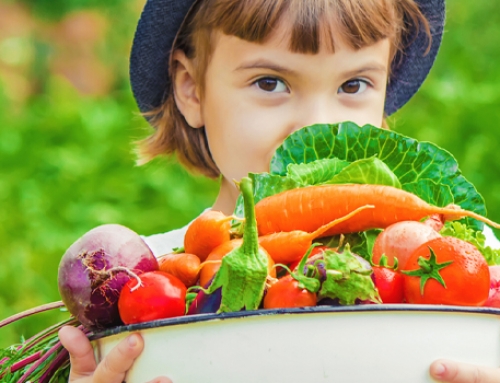Whichever method you want to grow your plants in (Permaculture or in Aquaponics) you will want to add to your cadre of skills of looking for and storing the best seeds possible. As you are looking to do that, it will be helpful to know where to find high-quality seeds and what potential problems you should look for before you buy them.
In this article, we look at:
- What makes quality heirloom seeds
- Best practices for seed storage and vaults
- Pitfalls to consider
- A few top brands and suppliers
Heirloom seeds are not new, they are as old as time itself. It has been only in the last 100 years or so that scientists have been genetically modifying the seeds for great yields or resistance to certain bugs, or susceptible to other factors of weather. No, gathering and having on hand non-GMO seeds are a must these days. In fact, there is a world seed vault on the island of Spitsbergen which is found in the Svalbard archipelago and under the control of the Norwegians.
For those who are looking to establish their own seed vault, a seed vault is another means of producing food if a food crisis should occur. For many of us, that is not an if, but when.
What Are Quality Heirloom Seeds?
For seeds to be worth anything, they must be viable, and viability starts with the quality of the plant producing the seed.
Seeds are little genetic packages, and when you choose plants based on genetics, you want the plants the exhibit the same best features. What that means for us Self Reliance lot is that the source of any heirloom seed must begin with quality plants and selectively harvested seeds.
If you were saving your own seeds, you first must make sure that they are from true heirloom seeds. Then you’d want to pick the fruit based on a set criterion. Those rules include:
- Fruit with the best robust taste
- Fruit that is adequately large
- Fruit that is nutritionally appealing to you
What we mean by “fruit” is anything that produces a bud or berry or growth that is outside of the plant itself. For example, a cucumber is a “fruit” bearing plant and celery is not on the other hand. Ultimately, the end goal here is that whichever is in your heirloom crop is 100 percent appealing to you and those that you are feeding.
In short, quality heirloom seeds can produce a crop that tastes good, looks good, and that you enjoy. Kale anyone?
The Gathering
So, what else goes into making quality survival seeds? Let’s explore.
When you look to utilize the Permaculture, that backyard garden, the seeds need to be applicable to your general growing area and the time of year in which you might need to plant them. If you are looking to do it with a climate-controlled Aquaponics system, that is lesser of a consideration. What is a must is you need to have a diversified home seed vault. So, in effect, quality heirloom seeds are somewhat personal likes and dislikes.
Quality heirloom seeds must:
- Represent quality yields and therefore must come from the choicest fruits and vegetables.
- Be applicable to your growing area
- Represent seasonal crops such as summer and winter – diversity for permaculture constraints
- Offer as complete of a nutrition diet as possible.
- Original heirloom over hybrids – Heirlooms are tried and true, and from them, you can develop hybrids. Hybrids also represent a genetic shortfall whereas heirlooms offer a complete genetic stock.
- Sold or stored in a quantity that matters
Best Practices for Self Sustaining Seed Storage
A reliant seed home storage strategy mirrors the best practices for storing survival food. Seeds should always be kept in a dry, dark place that offers year-round temperatures between freezing and 48°F. Seeds should also be safely stored so that humidity and moisture cannot get to them.
Seeds are affected by seasonal changes, and they act like little clocks. When the temperature drops and then warms, it signals the seeds that it is getting nearer the time to grow. When they go from dark (shorter days of winter) to brighter light (longer days of summer,) it affects them.
The same holds true when you pop out a seed to grow for your Aquaponics System, While you grow it to the seedling stage, the rest is well on its way for the production of their genetic code as all the nutrients and light requirements are present.
By keeping them in a stable environment where light, moisture, and temperature are without fluctuations, seeds last much longer.
Like food, be sure to use your heirloom seeds annually. Use the oldest first and replace them either with seeds from your own crops or a reliable seed source. How you use your seeds should be dictated by your own food storage needs.
A good goal is a 3-5-year storage cycle. You will always get the best germination using the freshest seeds so by using and replacing seeds seasonally; you ensure a healthy seed vault.
Pitfalls to Consider with Heirloom Seeds and Reliable Seed Suppliers
Your goal is to find and store a collection of survival seeds that meet your food requirements. As such, you want to really shop the market for suppliers and pay close attention to the comments from past users. Look outside of the seed seller’s site for recommendations.
Some pitfalls to avoid:
- Too Narrow of a Selection: Your seed collection should be broad and very diverse. Not only in the choice of species but also of seed packaging companies.
- Choose seeds that are easy to grow and that are not fussy. A great example of fussy seeds is big, slicing heirloom tomatoes which take a long time to mature and require a very narrow set of environmental conditions to produce a good harvest. On the other hand, early season tomatoes and cherry tomatoes make great choices as they produce buckets full of fruit and grow like weeds.
Many supplies have standard seed mixes, look for in those packages:
- A variety of the seeds you need rather than just a single type of squash look for a variety of squash that fit your growing season and environment. You might face seasonal shifts that change your typical growing environment. A variety of seeds/plants gives you the best options for producing a yield that feeds you and your family.
- Smaller Quantities rather than huge bundles: Everything in a huge package of seeds is not what you need. Yes, the volume is great, but the selection is not going to mesh with your food goals. It will cost you more over the long run to buy smaller quantities, but you gain a lot of control over the quality of seeds that you buy.
- Stick to Heirlooms as hybrids may not yield viable seeds. Part of the hybridization process results in sterile plants. They grow fruit with seeds that are not ever going to produce a crop. These are referred to as F1-hybrids, and the seed package may not indicate that information. Heirlooms are trusted and complete genetic representations of the plants you want to grow. So, always insist on heirlooms over hybridized seeds.
- Buy from different seed packaging companies: It is sad to say, but not all seed companies are reputable. Someplace the process of selling over being honest. This is one reason that saving your own seeds year after year is a good deal.
- Failure to plan and you may as well plan to fail, another point you should consider is a plan that continually adds seeds to your seed vault. In fact, you should have a gardening plan in place for dealing with a food crisis.
- Focus on Labor: In a food emergency, labor is going to be in short supply, and you will not have time to spend fussing over fragile vegetables. Make a food emergency strategy and then work to implement it now. A good example of this is growing a large garden every season. If the grocery stores should run out of food today, then you have a garden already in place to fall back on for feeding your family now. Crops tend to take 30-150 days to produce a yield. While your emergency food stores should help cover that span of time you don’t want to deplete those in the process.
A garden is easy to expand as needed. You can make sure that water lines and water sources are in place and if you design a garden that is much larger than you need, you have the option of rotating crops throughout that space.
Once found, How Do You Store the Seeds
What you need to really focus on after you get the seeds is the cycling of your seeds throughout each growing season. This means using them and then replacing them. When you store your seeds, you need to make certain that they are in a location that offers consistent temperatures and that is out of direct light and free of humidity and water.
A great way to do this is to seal the gathered seeds in mason jars with an oxygen or humidity absorber, that is certainly a good start.
A five-gallon bucket with a tight-fitting lid or heavy-duty plastic storage boxes, even an ice chest with a tight-fitting lid and an oxygen-absorbing material can help. Some companies ship their seeds in Mylar bags to help extend their shelf life. Well, the good news is that you can buy those in bulk and use them yourself.
Where to find your Heirloom Seeds
Just do a search online and you will be able to locate a million places that sell seeds, the key here is to do your homework and find a couple of sources that you can trust. This does not have to be a difficult process.
The lesson to be learned here is that you need not be beholden to a big company with a fancy label that portrays that they are the one and only. My seeds come from local suppliers such a BasilandRose.com whose proprietor has a couple of decades, degrees, and know-how in the agriculture sphere. Not only am I very familiar with their products (I use them every season,) I also love their huge selection.

